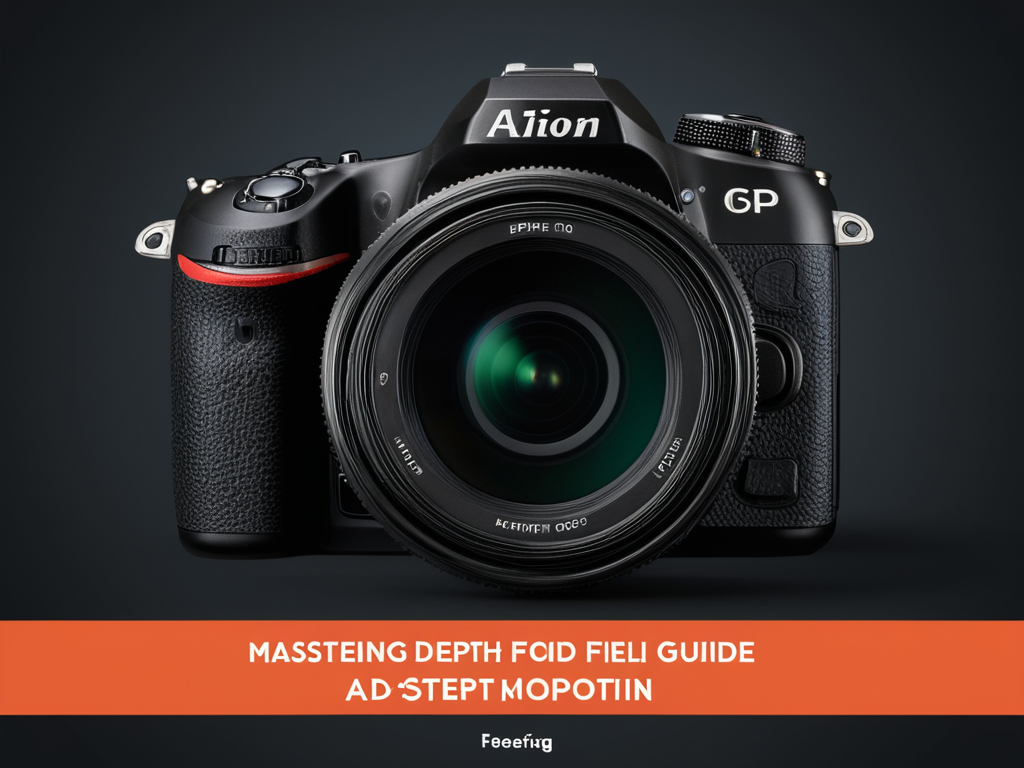Mastering Depth of Field: A Step-by-Step Guide

As we delve into the world of photography, one aspect that can make or break an image is depth of field. Mastering this technique requires understanding how to use aperture effectively, which is where Prof. Hines’ favorite 12 lenses come in handy. In this guide, we will explore the art of using aperture for stunning portraits and discuss the role these particular lenses play in achieving that level of excellence.
Understanding Depth of Field
Before we dive into the world of lenses, it’s essential to understand what depth of field is. Simply put, depth of field refers to the area in front of and behind the subject that appears to be in focus. The aperture (f-stop) controls this aspect of photography, with larger apertures resulting in a shallower depth of field and smaller apertures resulting in a deeper one.
How Aperture Affects Depth of Field
The relationship between aperture and depth of field is straightforward: the larger the aperture, the shallower the depth of field. This means that only the subject will be in focus, while everything else will be blurred out. On the other hand, smaller apertures result in a deeper depth of field, where more of the image appears to be in focus.
The Role of Lenses
Now that we understand how aperture affects depth of field, let’s talk about lenses. Prof. Hines’ favorite 12 lenses are all high-quality options that can help you achieve stunning portraits with a shallow depth of field. These lenses include:
- Canon EF 50mm f/1.2L USM
- Nikon AF-S Nikkor 50mm f/1.4G ED
- Leica Summilux-R 50mm f/1.4
- Canon EF 85mm f/1.2L II USM
- Nikon AF-S Nikkor 85mm f/1.4G ED
- Leica Summicron-R 85mm f/1.4
Practical Examples
To demonstrate the effectiveness of these lenses, let’s look at a few practical examples.
Example 1: Canon EF 50mm f/1.2L USM
The Canon EF 50mm f/1.2L USM is an excellent choice for portraits with a shallow depth of field. When set to f/1.2, this lens produces a stunning effect where the subject appears in sharp focus while everything else is blurred out.
Example 2: Leica Summicron-R 85mm f/1.4
The Leica Summicron-R 85mm f/1.4 is another excellent option for portraits with a shallow depth of field. When set to f/1.4, this lens produces an even more dramatic effect where the subject appears in sharp focus while everything else is blurred out.
Conclusion
Mastering depth of field is all about understanding how to use aperture effectively, which is where Prof. Hines’ favorite 12 lenses come in handy. By using these high-quality options, you can achieve stunning portraits with a shallow depth of field. Whether you’re shooting with Canon or Nikon, there’s an option on this list that will help you produce the desired effect.
Final Tips
Before we wrap up, here are a few final tips to keep in mind when working with aperture and depth of field:
- Experiment with different apertures to find what works best for your subject.
- Pay attention to the background of your image. A shallow depth of field can help eliminate distractions or create interesting textures.
- Don’t be afraid to experiment with different lenses. Each one has its own unique characteristics that can affect the final result.
By following these tips and using Prof. Hines’ favorite 12 lenses, you’ll be well on your way to mastering depth of field in no time.
About Luis Torres
Hi, I'm Luis Torres, a photographer and blogger passionate about helping creatives grow. With a background in photography and a knack for teaching, I share actionable tips & techniques on lentecreativa.com to inspire and educate photographers of all levels.
